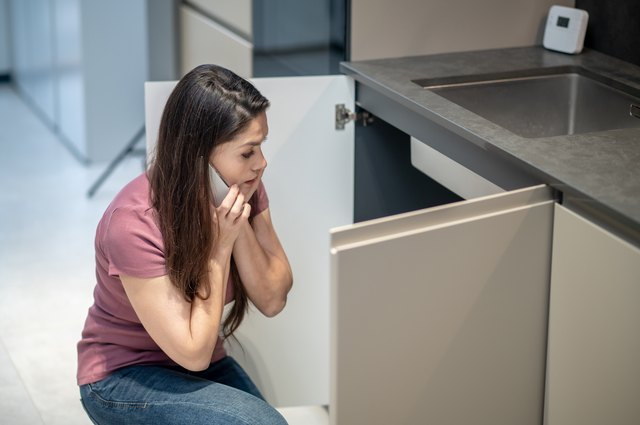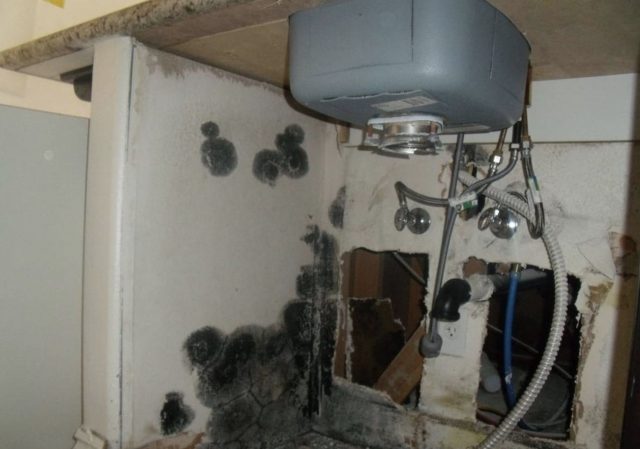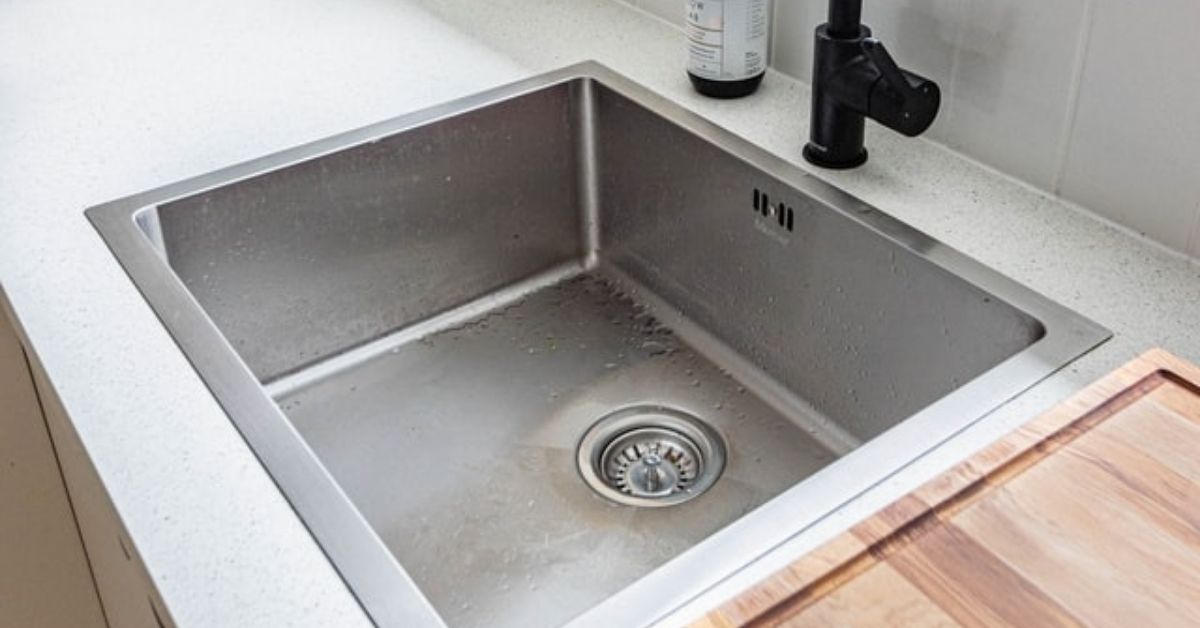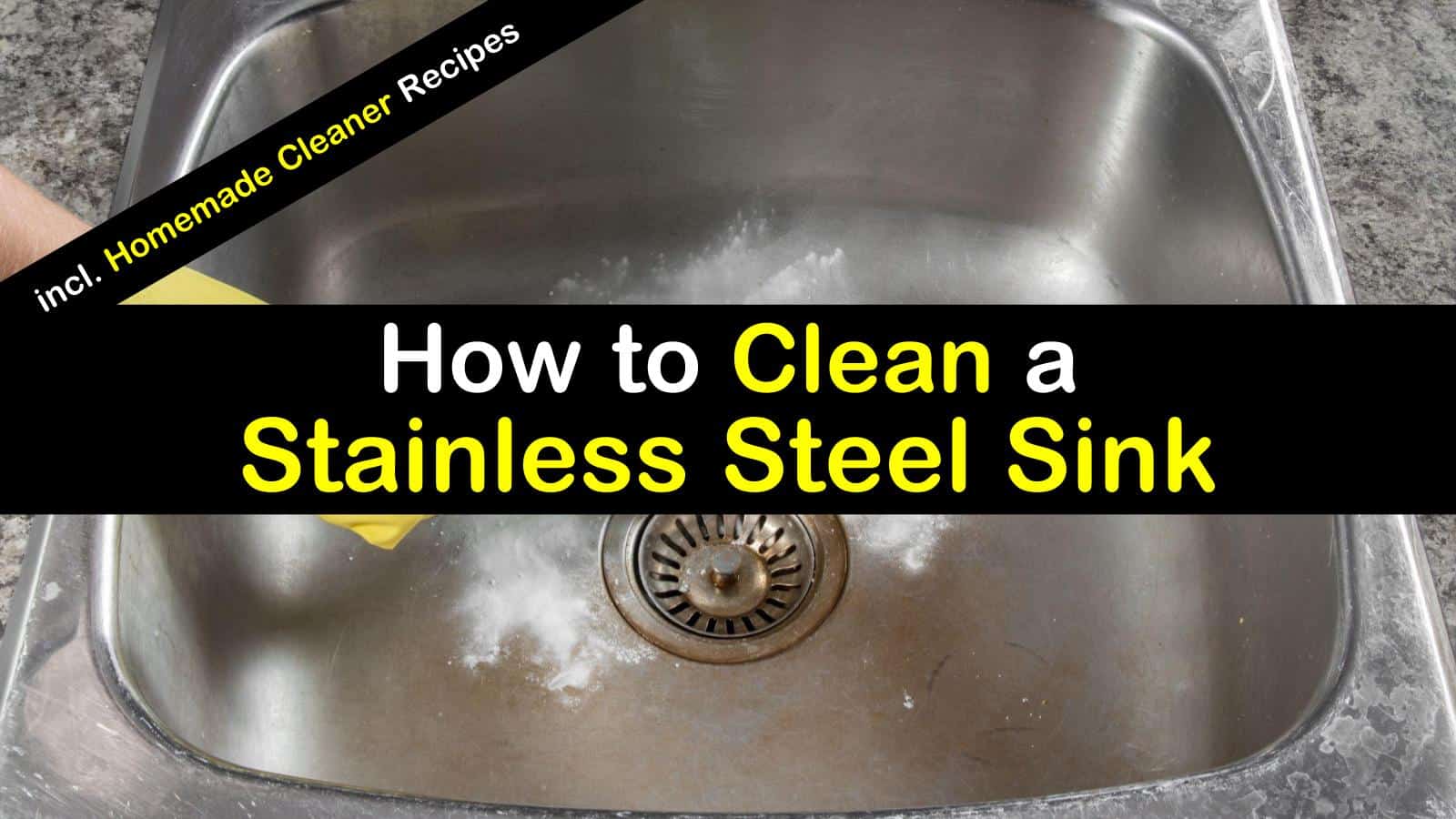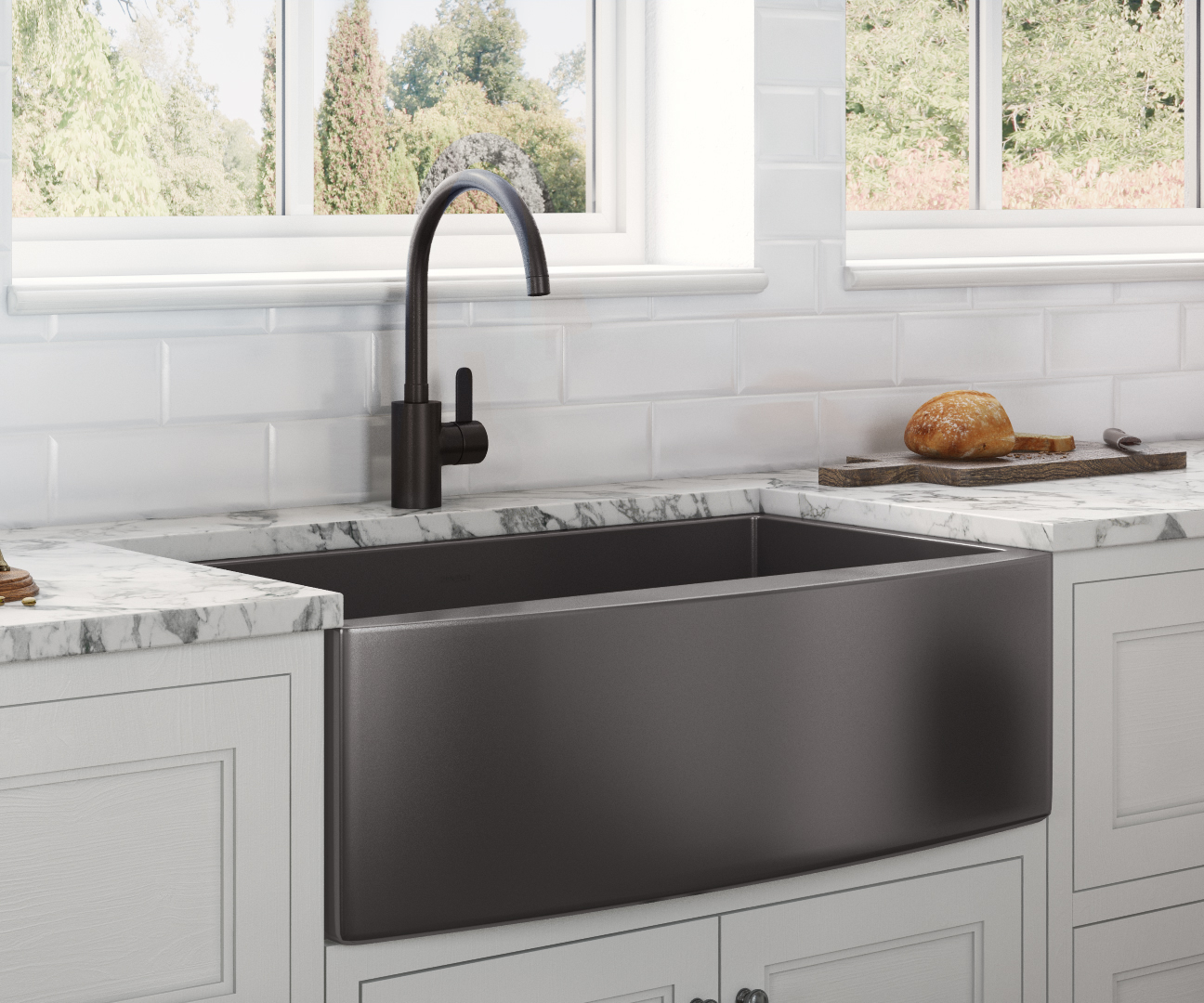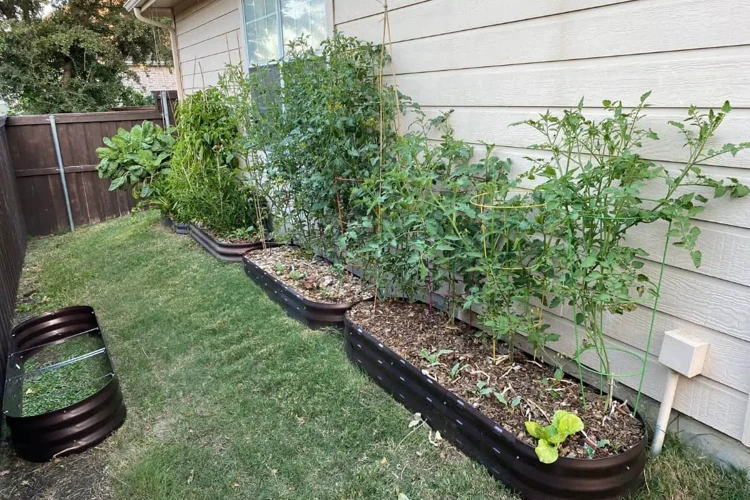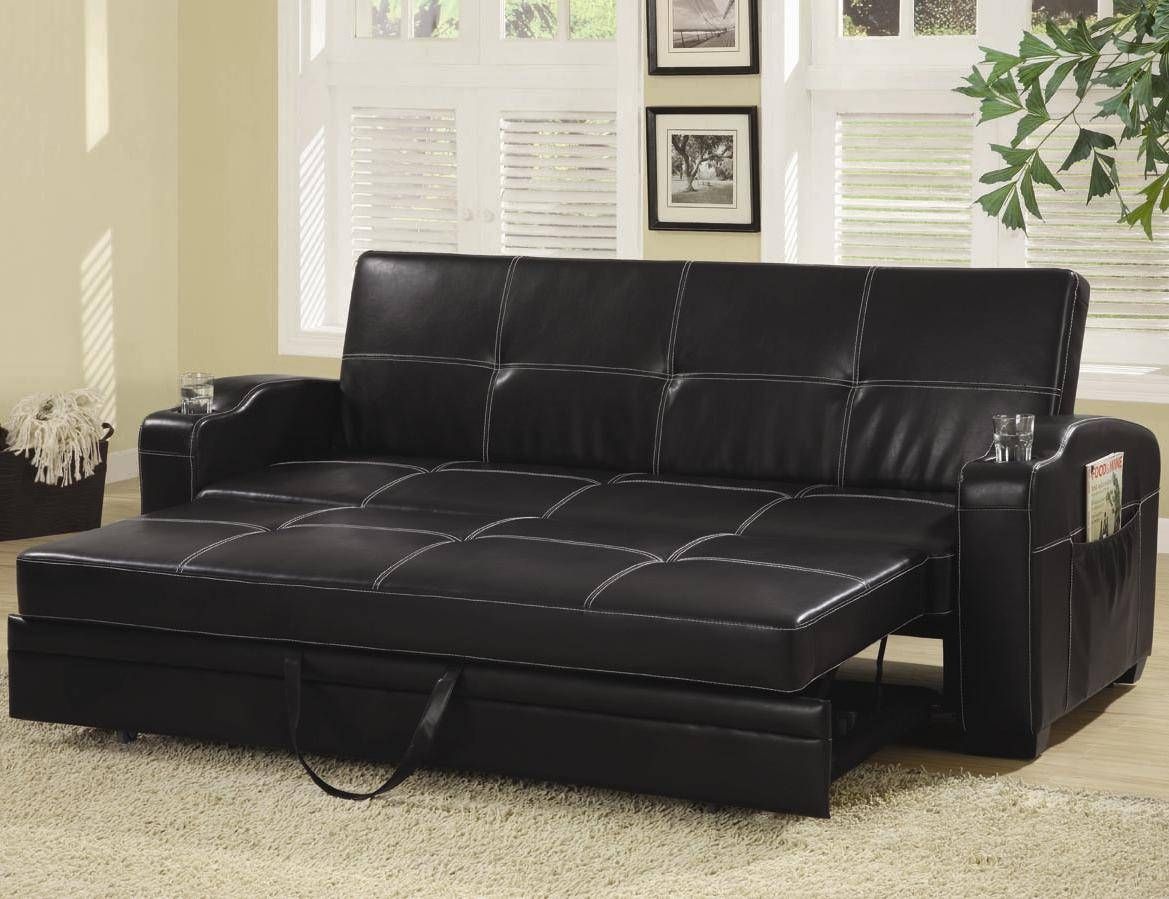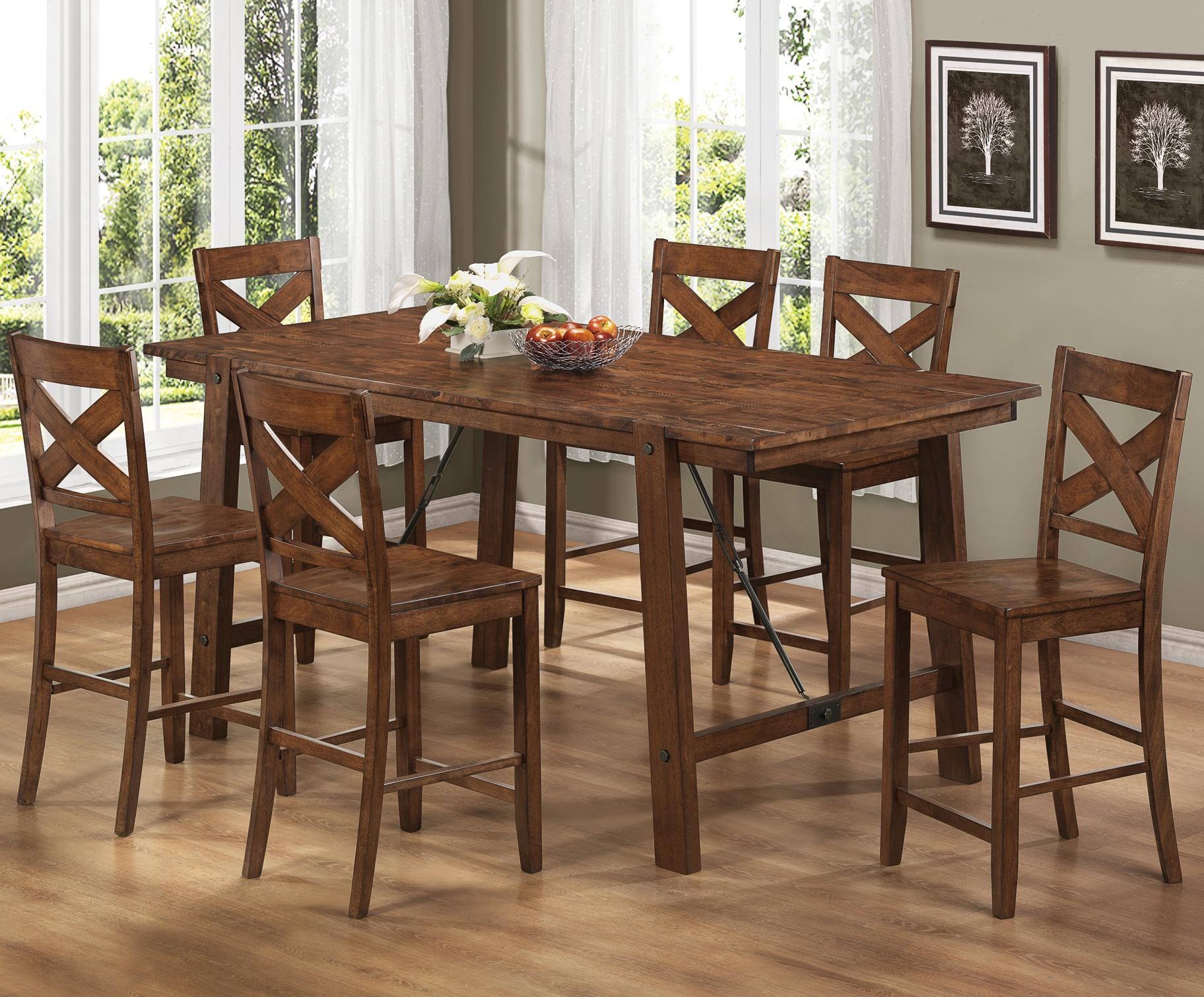If you've noticed black spots in your kitchen sink, you're not alone. These unsightly marks can appear on any type of sink, from stainless steel to porcelain, and they can be caused by a variety of factors. One common cause of black spots is the buildup of hard water deposits. These deposits are made up of minerals like calcium and magnesium that can accumulate over time, especially if you have hard water in your home. These minerals can leave behind black or dark brown spots on your sink. Another culprit for black spots in the kitchen sink is mold and mildew. These fungi thrive in warm, damp environments, and your sink can provide the perfect breeding ground. If you notice a musty smell or see black spots, it's likely that mold or mildew is the cause. Lastly, black spots can also be a sign of rust or corrosion on your sink. If you have a metal sink, exposure to water and other elements over time can cause it to rust, leading to black spots and discoloration.1. Causes of Black Spots in Kitchen Sink
The good news is that black spots in your kitchen sink can be removed with the right techniques and products. The method you use will depend on the cause of the spots, so it's important to identify the root of the problem before attempting to remove them. If the black spots are caused by hard water deposits, a simple solution of white vinegar and water can be used to dissolve them. Mix equal parts vinegar and water in a spray bottle and spray the affected areas. Let it sit for a few minutes before scrubbing with a soft cloth or sponge. Rinse with water and dry the sink thoroughly. For mold and mildew, a mixture of baking soda and hydrogen peroxide can help to kill and remove the fungi. Sprinkle baking soda on the spots, then spray with hydrogen peroxide. Let it sit for a few minutes before scrubbing and rinsing with water. If rust or corrosion is the cause of the black spots, you may need to use a rust remover specifically designed for sinks. Follow the instructions on the product and be sure to thoroughly rinse and dry the sink afterwards.2. How to Remove Black Spots from Kitchen Sink
If you prefer to use natural and homemade solutions, there are several DIY remedies that can effectively remove black spots from your kitchen sink. Lemon juice is a natural acid that can help to dissolve hard water deposits. Cut a lemon in half and rub it on the spots, then let it sit for a few minutes before rinsing with water. A paste made from baking soda and water can also be effective for removing stubborn spots. Apply the paste to the affected areas and let it sit for 10-15 minutes before scrubbing and rinsing. If you have a porcelain sink, a mixture of cream of tartar and hydrogen peroxide can help to remove black spots. Mix equal parts of both ingredients to form a paste, then apply to the spots and let it sit for 10 minutes before scrubbing and rinsing.3. DIY Solutions for Black Spots in Kitchen Sink
You don't have to spend a lot of money on specialty products to remove black spots from your kitchen sink. There are several common household items that can do the job just as effectively. For hard water deposits, using a mixture of salt and lemon juice can be an effective and inexpensive solution. Simply sprinkle salt on the spots and rub with a lemon half, then rinse with water. A magic eraser can also work wonders on black spots. Wet the eraser and scrub the spots gently, then rinse with water. Just be sure to test it on a small, inconspicuous area first to ensure that it won't damage your sink's surface. If you have a stainless steel sink, you can use a mixture of baking soda and dish soap to remove black spots. Apply the paste to the spots and let it sit for a few minutes before scrubbing and rinsing.4. Common Household Products to Get Rid of Black Spots in Kitchen Sink
If you've tried DIY solutions and the black spots in your kitchen sink persist, it may be time to call in the professionals. A professional cleaning service can use specialized products and techniques to remove even the toughest black spots. They may also be able to identify the underlying cause of the spots and offer solutions to prevent them from coming back in the future. While this option may be more expensive, it can save you time and effort in the long run and ensure that your sink is thoroughly cleaned and restored to its original condition.5. Professional Cleaning Services for Black Spots in Kitchen Sink
As the saying goes, prevention is better than cure. There are a few simple steps you can take to prevent black spots from appearing in your kitchen sink in the first place. Regularly cleaning and drying your sink after each use can help to prevent hard water deposits and mold growth. For metal sinks, using a protective coating like a sink grid can help to prevent rust and corrosion. Using a water softener can also help to prevent hard water deposits from forming. And if you have a garbage disposal, be sure to clean and maintain it regularly to prevent food particles from building up and causing mold growth.6. Preventing Black Spots in Kitchen Sink: Tips and Tricks
If you prefer to use natural and eco-friendly solutions for cleaning, there are several natural remedies that can help to prevent and remove black spots in your kitchen sink. Adding a few drops of essential oils like tea tree or eucalyptus to your cleaning solution can help to prevent mold and mildew growth. These oils have natural anti-fungal properties. You can also prevent hard water deposits by regularly pouring boiling water down your sink drain. This can help to dissolve any buildup before it has a chance to form black spots.7. Natural Remedies for Black Spots in Kitchen Sink
As mentioned earlier, mold and mildew can be a common cause of black spots in the kitchen sink. It's important to identify and treat mold in your sink as soon as possible to prevent it from spreading and causing health issues. Mold can appear as black, green, or brown spots and can have a musty smell. If you notice these signs, it's important to take action immediately. You can use a mixture of vinegar and water or hydrogen peroxide to kill and remove mold. Be sure to also sanitize your sink with a disinfectant to prevent it from returning.8. Identifying and Treating Mold in Kitchen Sink
Stainless steel sinks are a popular choice for their sleek and modern appearance, but they do require proper cleaning and maintenance to keep them looking their best. To clean a stainless steel sink, use a non-abrasive cleaner or a mixture of dish soap and warm water. Avoid using harsh chemicals or steel wool, as these can scratch the surface of the sink. To maintain a stainless steel sink, be sure to dry it thoroughly after each use to prevent water spots and mineral buildup. You can also restore its shine by polishing it with a mixture of baking soda and water.9. How to Clean and Maintain a Stainless Steel Kitchen Sink
Proper drainage is crucial in preventing black spots in your kitchen sink. If water is unable to drain properly, it can create a breeding ground for mold and mildew, as well as cause hard water deposits to build up. Make sure your sink drain is clear of any debris and use a drain cleaner regularly to keep it flowing freely. You can also install a drain strainer to catch food particles and prevent them from causing clogs. In conclusion, black spots in the kitchen sink can be unsightly and even a health hazard if left untreated. But with the right techniques and preventative measures, you can keep your sink clean and free of these pesky marks. Whether you prefer DIY solutions or professional cleaning services, taking care of your kitchen sink will not only keep it looking great, but also ensure its longevity and functionality for years to come.10. The Importance of Proper Drainage to Avoid Black Spots in Kitchen Sink
The Importance of Maintaining a Clean Kitchen Sink
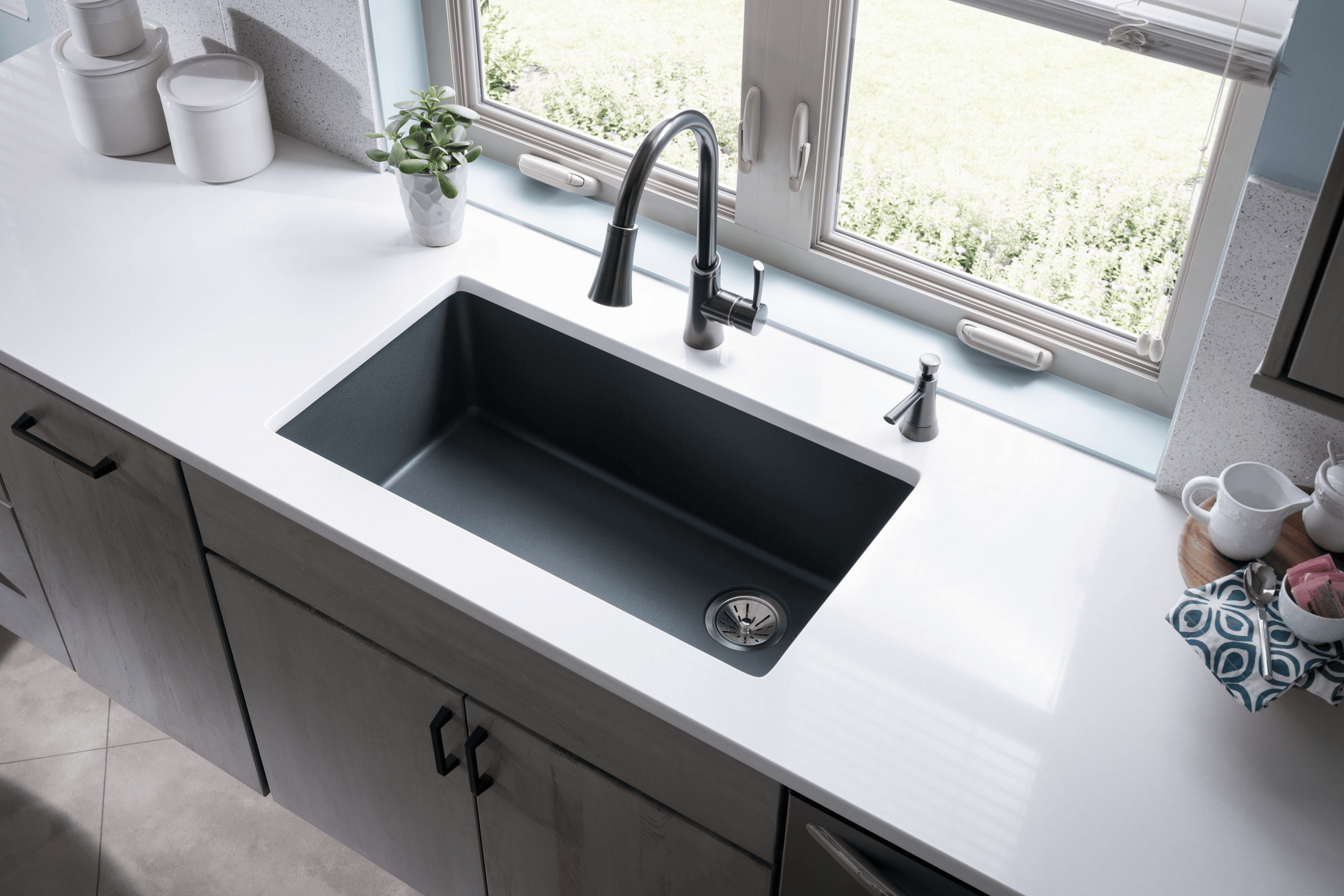
Don't Ignore Those Black Spots!
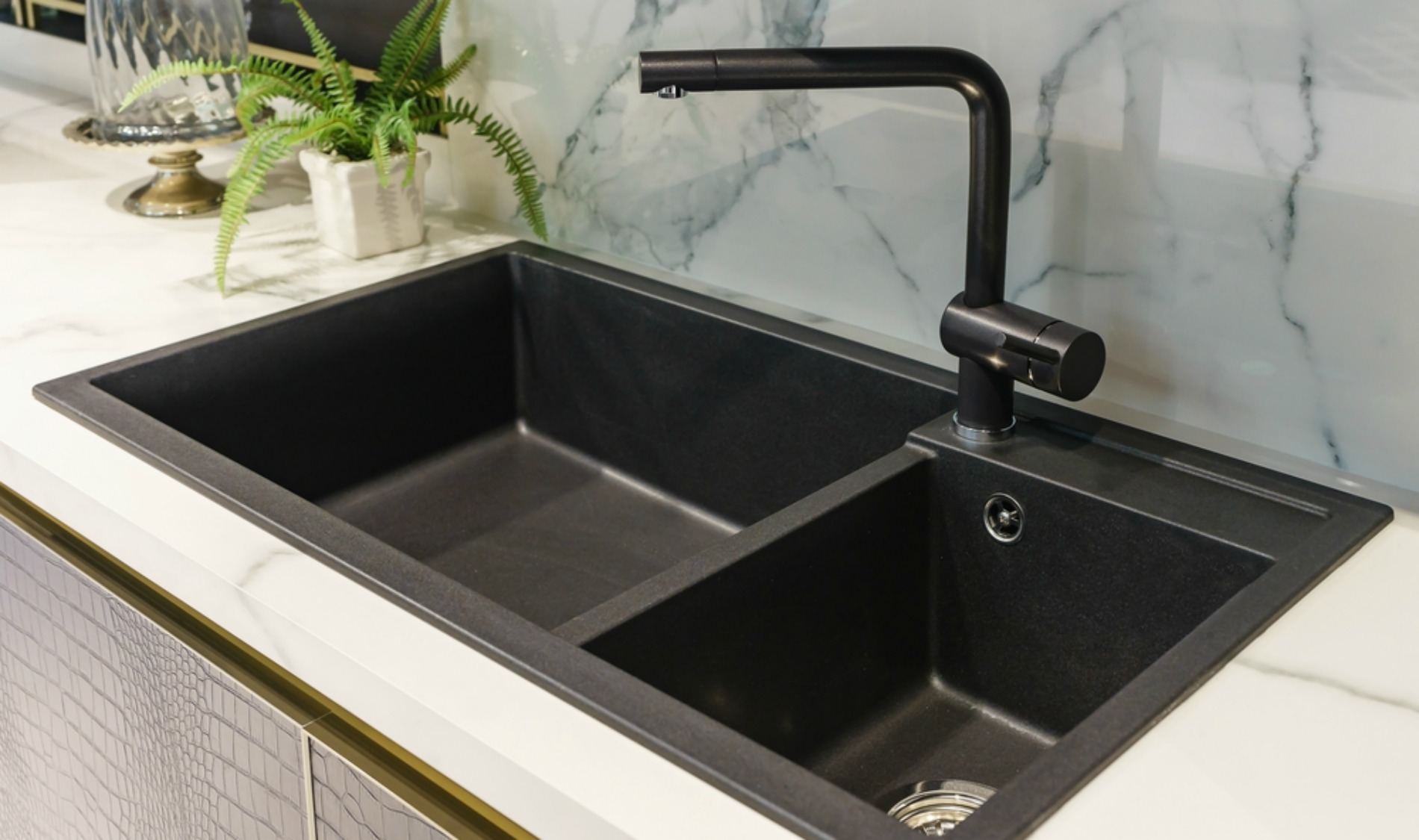 When it comes to designing and decorating your home, the kitchen is often considered the heart of the house. It's a place where families gather, meals are prepared, and memories are made. However, amidst all the hustle and bustle, it's easy to overlook one of the most important areas in the kitchen - the sink. A clean sink not only adds to the overall aesthetic of your kitchen but also plays a crucial role in maintaining a healthy and hygienic environment. So, if you've noticed black spots in your kitchen sink, it's time to take action.
The Culprits Behind Those Black Spots
There are a few common culprits behind those pesky black spots in your kitchen sink. The most common culprit is mold, which thrives in damp and dark environments. Another culprit could be mineral deposits, which are caused by hard water. These deposits can build up over time and create a breeding ground for bacteria. Additionally, food particles and debris can also get stuck in the sink's drain and create a buildup of bacteria.
The Dangers of Ignoring Black Spots
While those black spots may seem harmless, they can actually pose a serious threat to your health. Mold can cause respiratory issues and aggravate allergies, while bacteria can lead to food contamination and illness. Not to mention, the unsightly appearance of a dirty sink can also affect the overall cleanliness and appeal of your kitchen.
How to Get Rid of Black Spots
Luckily, there are simple and effective ways to get rid of those black spots in your kitchen sink. Regularly cleaning and disinfecting your sink with a mixture of
white vinegar
and
baking soda
can help remove any buildup and kill bacteria. You can also use a
plunger
or a
drain snake
to clear out any clogs and prevent food particles from getting trapped in the drain.
The Importance of Preventative Measures
Prevention is always better than cure, and this applies to keeping your kitchen sink clean as well. To prevent black spots from appearing in the first place, make sure to regularly wipe down your sink after each use and avoid leaving dirty dishes or standing water in the sink. You can also install a
water softener
to reduce mineral deposits and use a
garbage disposal
to prevent food particles from getting stuck in the drain.
In conclusion, maintaining a clean kitchen sink is crucial for both the appearance and health of your kitchen. Don't neglect those black spots, and take the necessary steps to keep your sink clean and free of bacteria. With a little effort and preventative measures, you can ensure that your kitchen sink remains a spotless and healthy part of your home.
When it comes to designing and decorating your home, the kitchen is often considered the heart of the house. It's a place where families gather, meals are prepared, and memories are made. However, amidst all the hustle and bustle, it's easy to overlook one of the most important areas in the kitchen - the sink. A clean sink not only adds to the overall aesthetic of your kitchen but also plays a crucial role in maintaining a healthy and hygienic environment. So, if you've noticed black spots in your kitchen sink, it's time to take action.
The Culprits Behind Those Black Spots
There are a few common culprits behind those pesky black spots in your kitchen sink. The most common culprit is mold, which thrives in damp and dark environments. Another culprit could be mineral deposits, which are caused by hard water. These deposits can build up over time and create a breeding ground for bacteria. Additionally, food particles and debris can also get stuck in the sink's drain and create a buildup of bacteria.
The Dangers of Ignoring Black Spots
While those black spots may seem harmless, they can actually pose a serious threat to your health. Mold can cause respiratory issues and aggravate allergies, while bacteria can lead to food contamination and illness. Not to mention, the unsightly appearance of a dirty sink can also affect the overall cleanliness and appeal of your kitchen.
How to Get Rid of Black Spots
Luckily, there are simple and effective ways to get rid of those black spots in your kitchen sink. Regularly cleaning and disinfecting your sink with a mixture of
white vinegar
and
baking soda
can help remove any buildup and kill bacteria. You can also use a
plunger
or a
drain snake
to clear out any clogs and prevent food particles from getting trapped in the drain.
The Importance of Preventative Measures
Prevention is always better than cure, and this applies to keeping your kitchen sink clean as well. To prevent black spots from appearing in the first place, make sure to regularly wipe down your sink after each use and avoid leaving dirty dishes or standing water in the sink. You can also install a
water softener
to reduce mineral deposits and use a
garbage disposal
to prevent food particles from getting stuck in the drain.
In conclusion, maintaining a clean kitchen sink is crucial for both the appearance and health of your kitchen. Don't neglect those black spots, and take the necessary steps to keep your sink clean and free of bacteria. With a little effort and preventative measures, you can ensure that your kitchen sink remains a spotless and healthy part of your home.



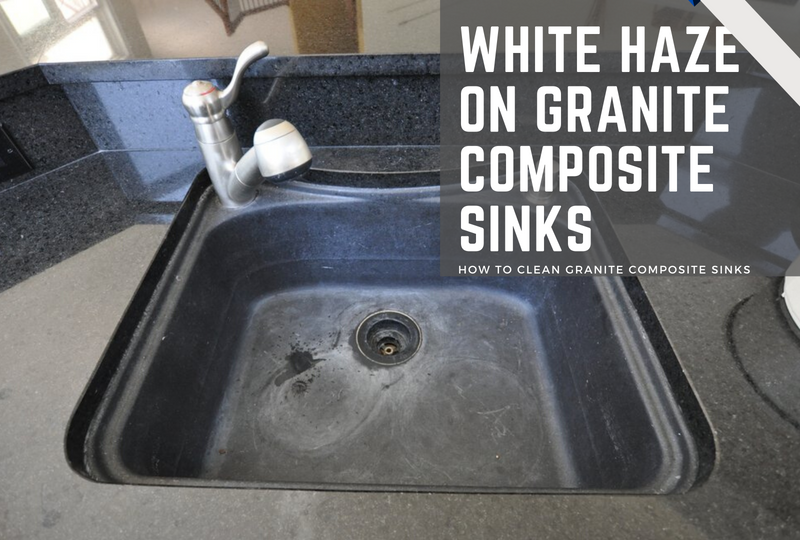

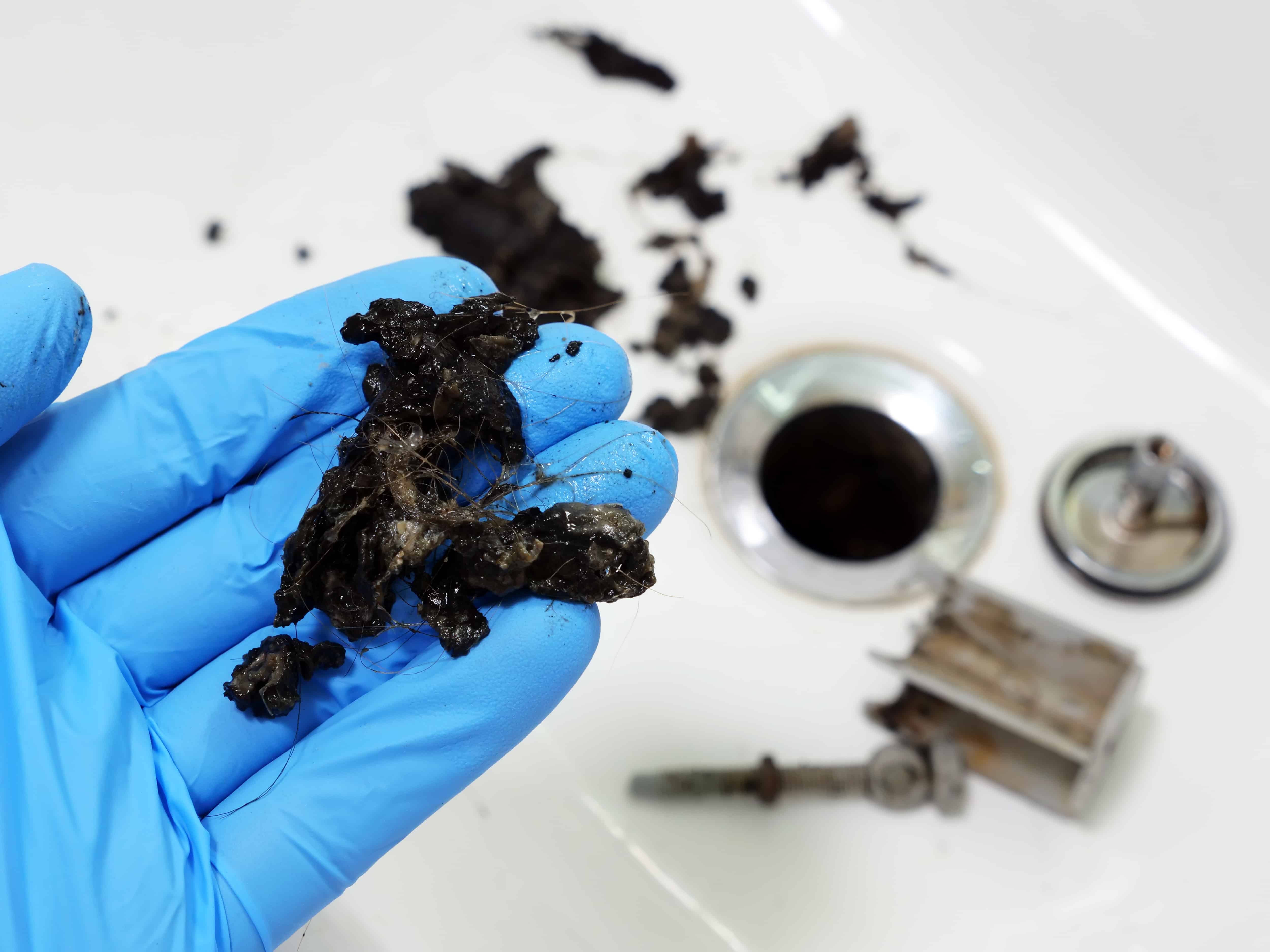



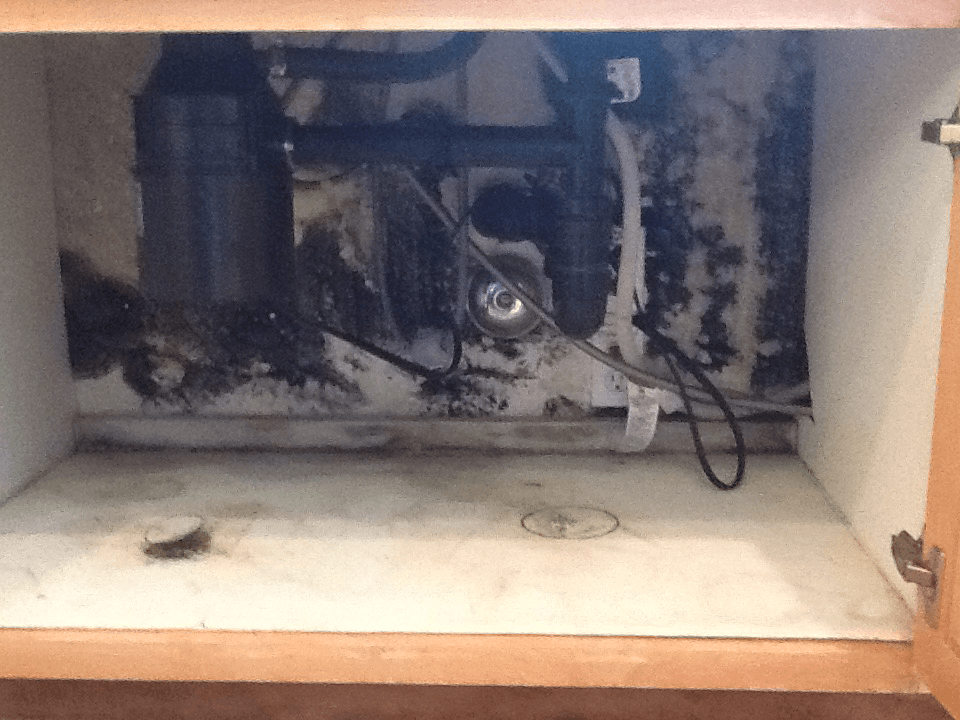

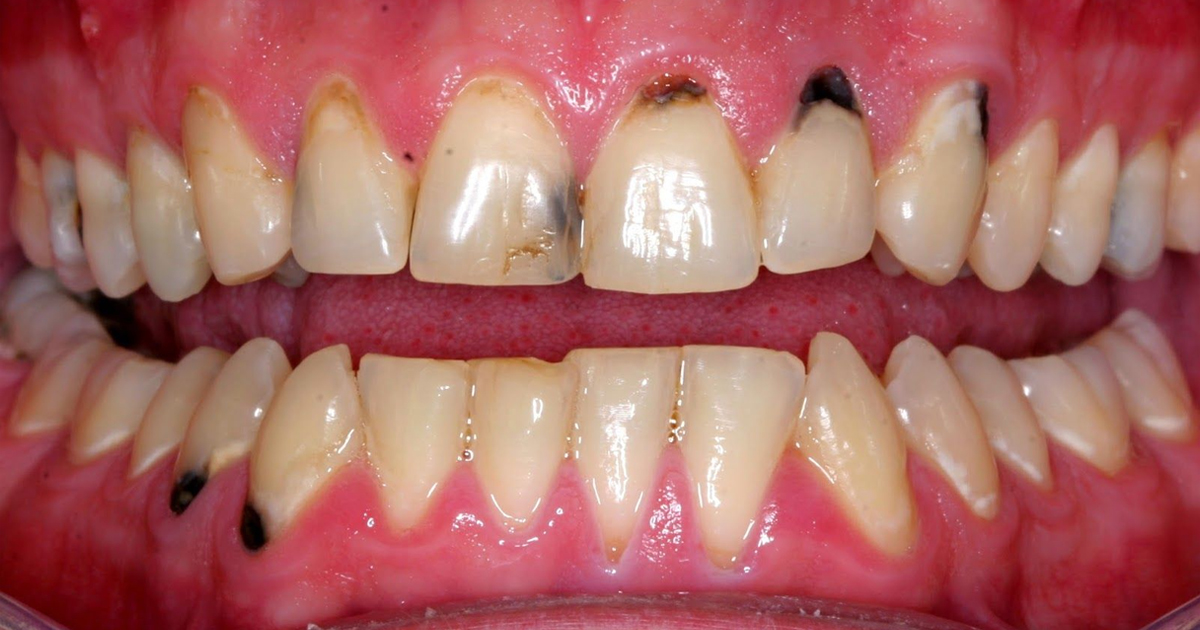




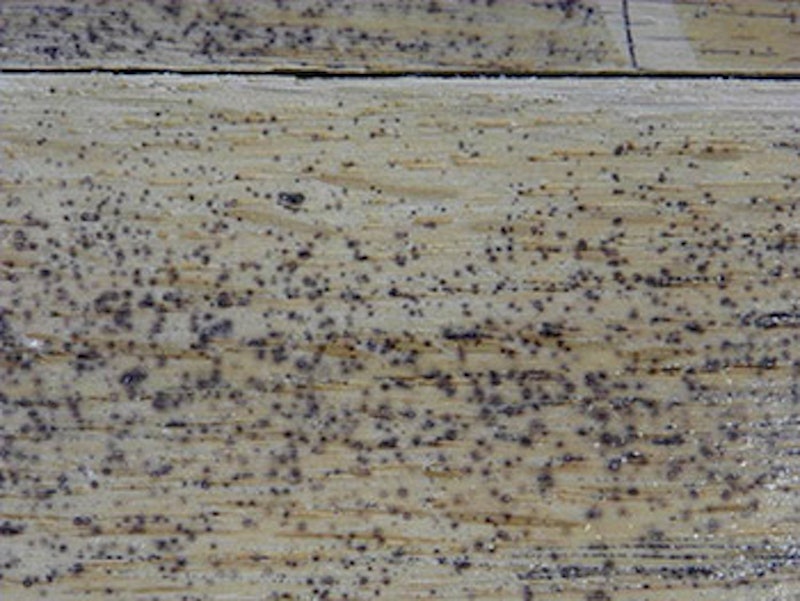








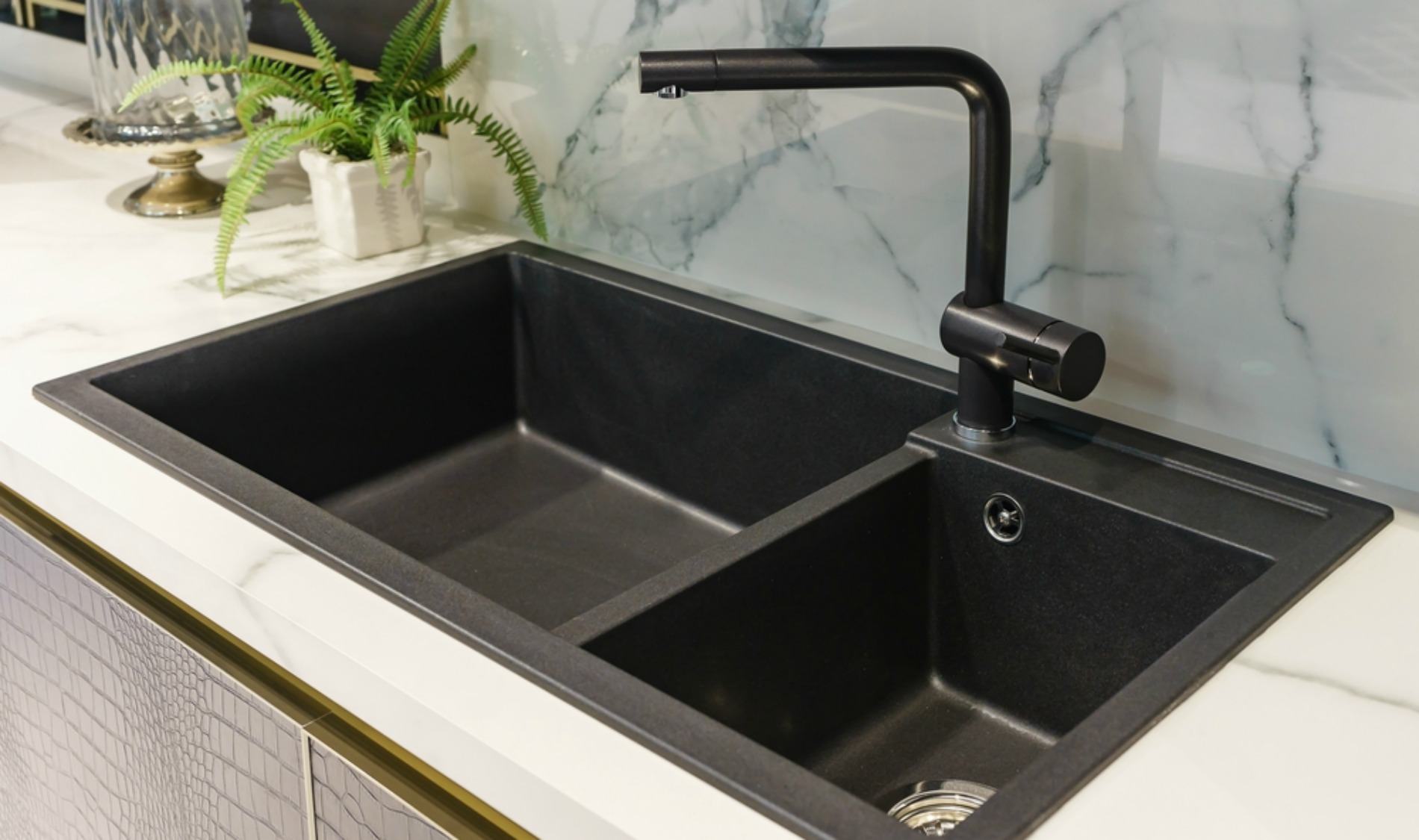



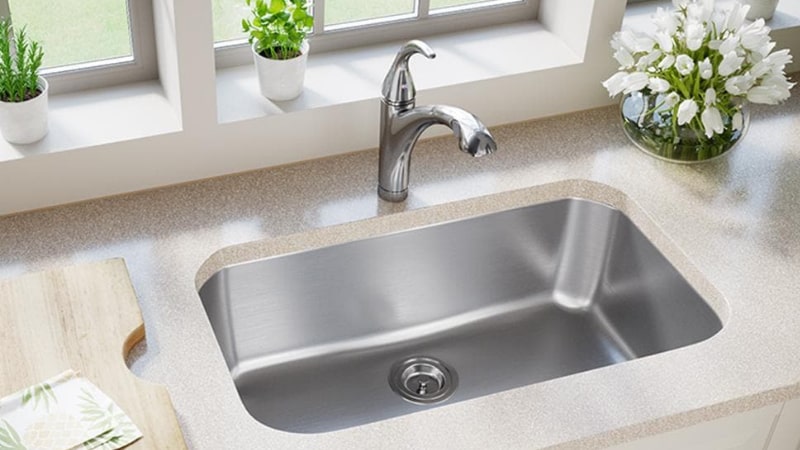






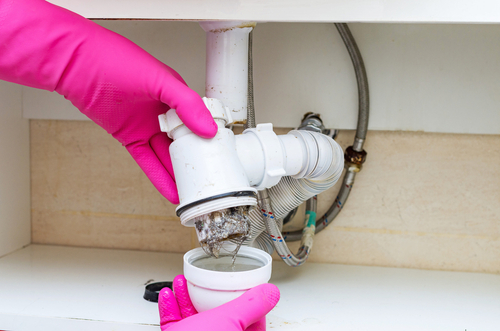








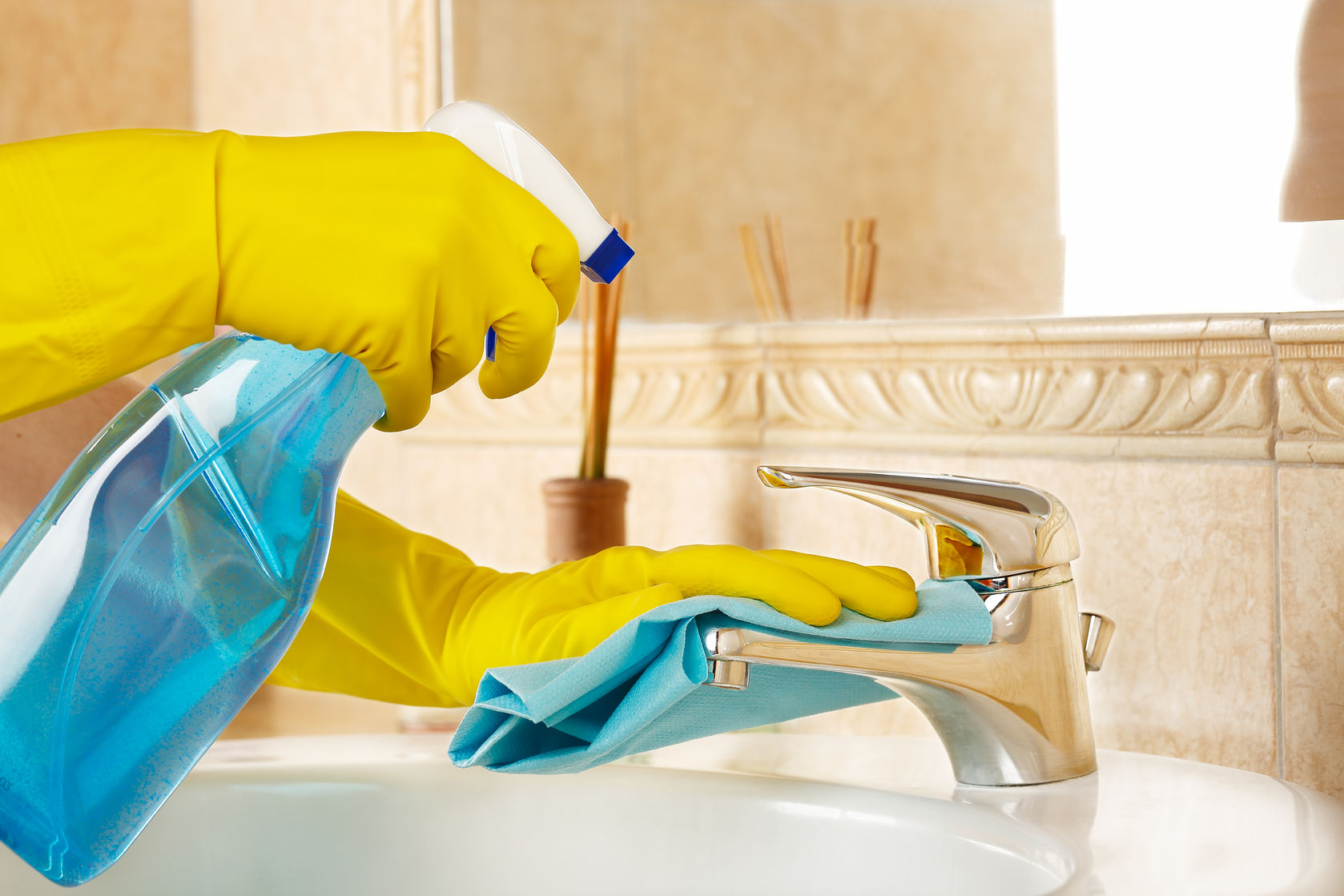





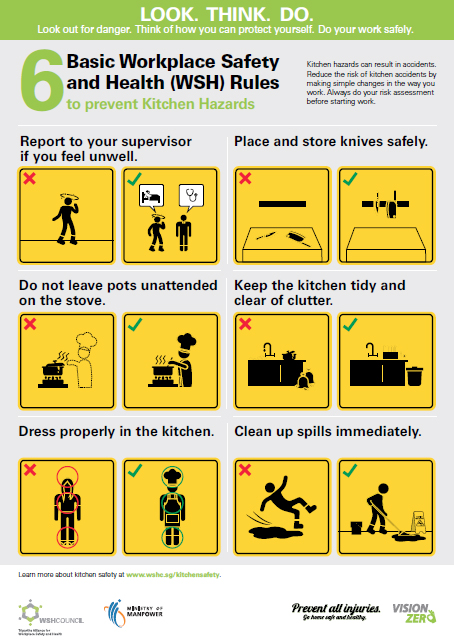
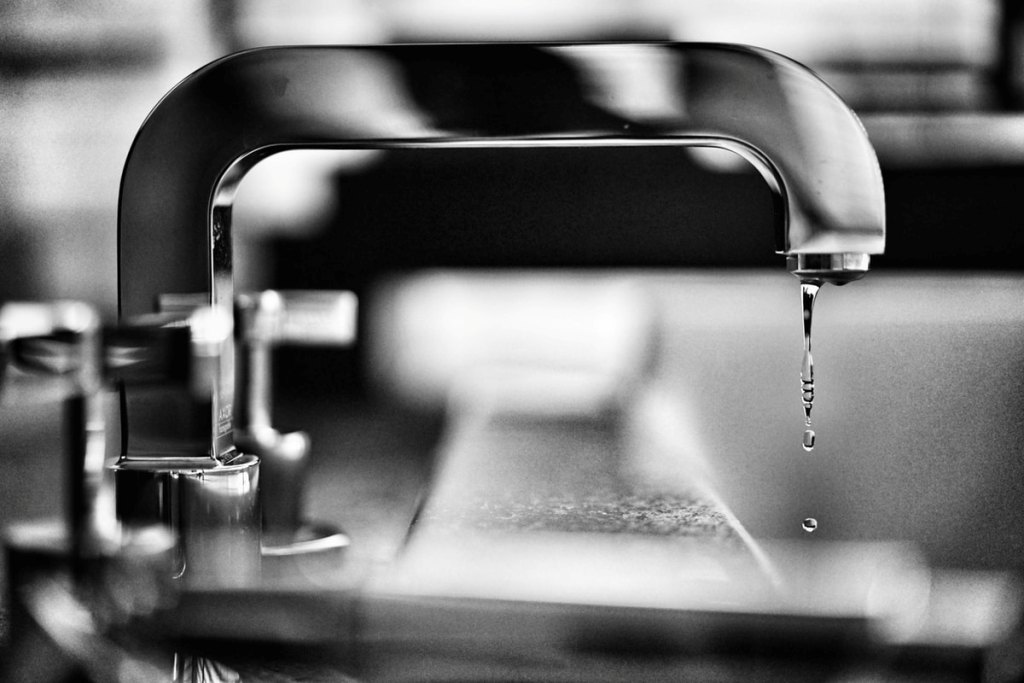



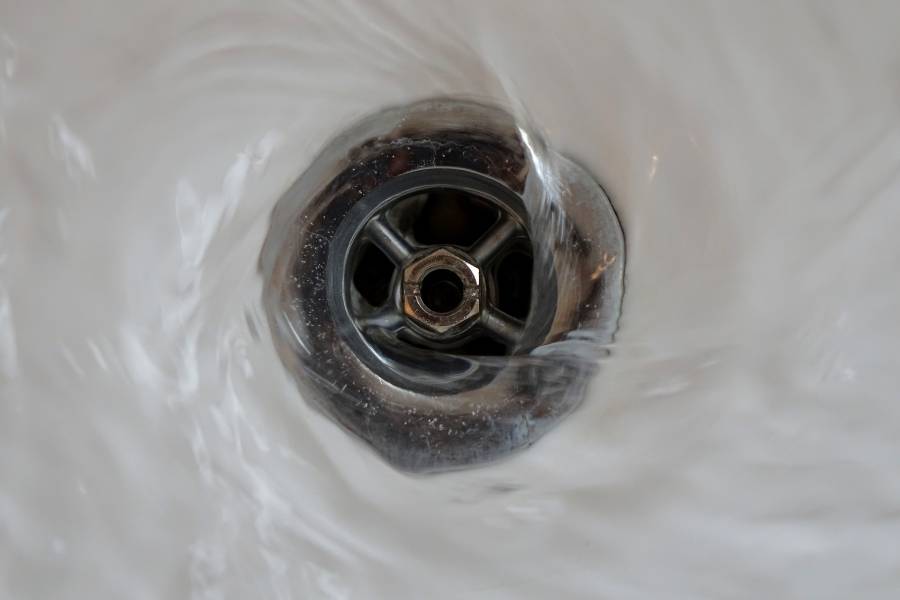






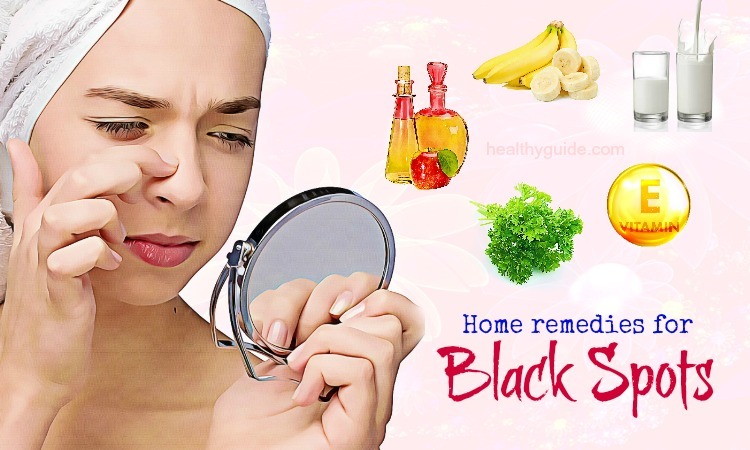



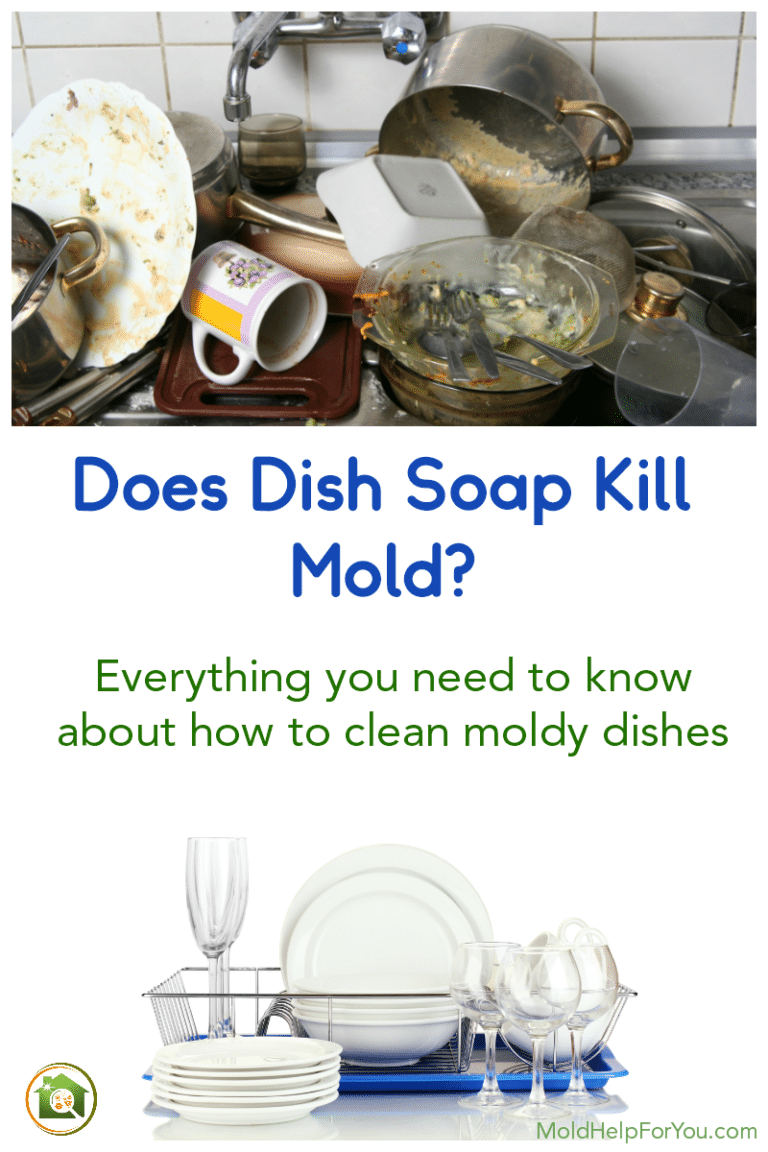
:max_bytes(150000):strip_icc()/identifying-mold-vs-mildew-4799138-final-4266e4b3d84c4401a7c1d8b6835dcc97.png)




